Dry ice cleaning: The coolest way to remove rust, grime, and undercoating
Abrasive media blasting is the preferred method for preparing a surface for a complete restoration. But what if your vehicle has survived all this time with its original paint intact, and it’s got decades of grease, grime, undercoating and surface rust to contend with? You’d want to preserve as much of the original surface as possible, so anything abrasive wouldn’t do. Chemical stripping is effective, but it can be caustic, messy, and could have environmental impacts you wouldn’t want to get into.
Dry Ice Cleaning is a process that uses dry ice pellets propelled by compressed air to attack surface contaminants like rust, old undercoating, and flaky paint, but is harmless to painted surfaces. Dave Pickard owns ACT Dry Ice Services in Harleysville, Pennsylvania, and since 1998, he’s been using this unique technology as an environmentally safe, effective cleaning alternative.
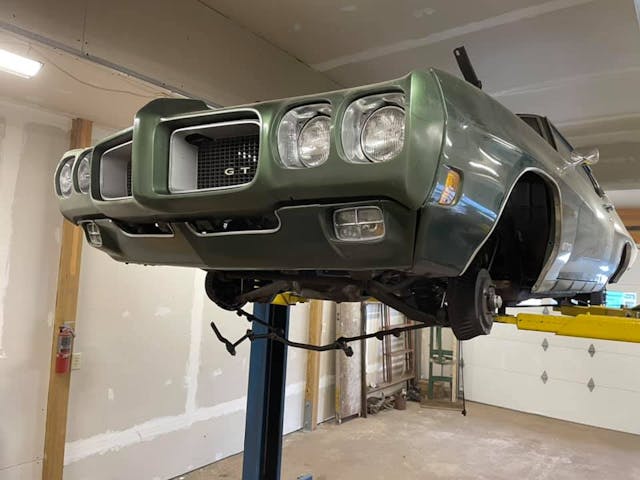
“The technology was originally developed by Lockheed-Martin,” Pickard told us in a phone interview. Rounds of chemical stripping could eventually deform and degrade the aluminum skin on an aircraft and media blasting was out of the question, so Lockheed-Martin experimented with different blasting media, eventually arriving on dry ice, the solid form of carbon dioxide, which sublimates at a super-cold -109.2°F. Lockheed-Martin won a patent for the invention in 1977, but quickly realized it wasn’t effective at removing paint. “What Lockheed-Martin figured out was that this process was terrible at removing paint, but it was great at removing everything else without damaging the paint. Well-bonded material will not come off. Only paint that has been poorly applied or actively flaking off is removed.”
The engineering giant’s trash was someone else’s treasure, and Lockheed and eventually sold the technology to a company called Alpheus, which went on to produce dry ice cleaning equipment. Dave Pickard’s father was the Northeast sales representative for Alpheus, and as he made his sales pitch to various companies, he learned that there was more call for dry ice cleaning as a service than there was for the equipment. With the investment in the equipment already done, there was still a living to be made, and the business pivoted its strategy with Dave in the driver’s seat. “I’d been waiting tables, and my parents had enough of that lifestyle,” Dave laughs. “I initially did a few jobs in 1996, but by 1998 I really started the business.”
In those early days, Dave’s biggest customer was a manufacturer of printing presses. “They’d repossess printing equipment, and by cleaning it with dry ice, they could add 20 percent to the resale price,” he says. As the printing business subsided, Dave transitioned to commercial applications like mold and fire remediation, using dry ice to removes soot and smoke damage without harming the underlying structure. Applications for auto restoration are ramping up, too.
The blasting machines are now produced by Cold Jet, the company that acquired Alpheus in 2003. The equipment is deceptively simple. Dave uses a 185-CFM compressor, and the hopper is stainless steel. Modern versions of the equipment only weigh about 120 pounds, versus the 400-pound versions he worked with in the late 1990s. The dry ice media comes in insulated containers with casters. With the media loaded in the hopper, he cleans the surface with the meticulous eye of a fine art restorer.
Along with the gentle treatment of the substrate, there are other significant benefits. “There’s nothing left behind other than the dust and dirt the process removes,” he says. As it cleans, the dry ice sublimates and disappears, leaving no sand or liquid behind to clean up. Safety equipment is the normal PPE worn when media blasting, with an emphasis on eye, ear, and breathing protection.
For vintage car owners that want to preserve undercarriages and engine bays without removing the paint, which may be original, it’s a relatively quick process. “I can typically do what I need to on a car in four to six hours,” he says. His rate for dry ice cleaning is $275 per hour, and working with the car on a lift is a requirement. “I recently did a 1957 Chevrolet truck with a NAPCO 4×4 conversion. Dry ice cleaning is a game of angles, and while it had plenty of ground clearance to move around, not having a lift really made changing those angles difficult,” he says.
Dry ice cleaning’s usefulness goes well beyond undercarriages, too. The process can be dialed back to for more precise cleaning of everything from instrumentation, electronics, taillight assemblies, carburetors, emblems, and electrical components.
Of course, this approach isn’t the best application for every situation. There are ways to avoid the expense of dry ice blasting, but they typically require days under a car with a scraper and chemicals, and then there’s the mess to contend with. And if your project requires removing paint, for example, media blasting is probably the best choice.
Dave gets a lot of automotive conservation work locally because his base of operations is roughly an hour outside of Philadelphia, in prime classic car country. He does work for Ragtops & Roadsters in nearby Perkasie, which specializes in British drop-tops, as well as its sister restoration shop, Pollock Auto Restoration in Pottstown, which handles just about everything else. He’s also doing a lot of work for Mustang Barn American Classic Restoration in his hometown of Harleysville.
There are other shops around the country that also specialize in automotive conservation—companies like Yeti Restoration in Ohio, Cryo Werks in San Diego, California, and Cryo Detail in Coral Springs, Florida, have all been successful with the process.
Cars and trucks that retain as much of their originality as possible sell at a premium today. While restored cars will always make up a huge percentage of the classic vehicle hobby, there’s a subset of hobbyists that are passionate about preserving what was applied at the factory, or by hand. Dave is a big classic car fan himself, owner of both a 1910 Packard Touring Car (one of 52 built, and the last surviving example) and a 1966 Triumph Herald. As he says, “Conservation is the new restoration.”

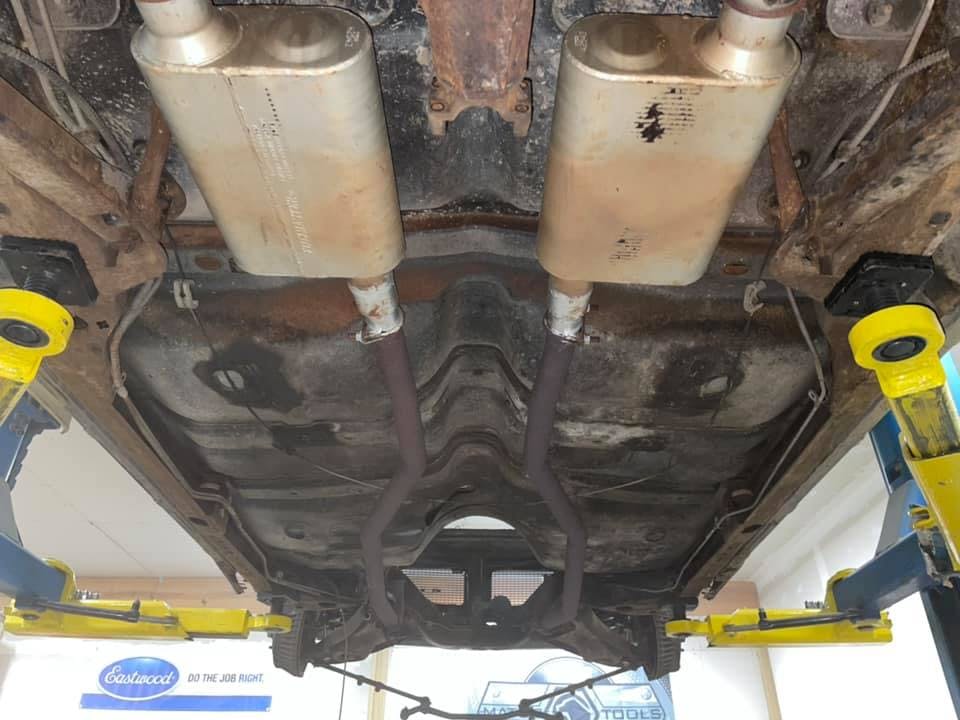


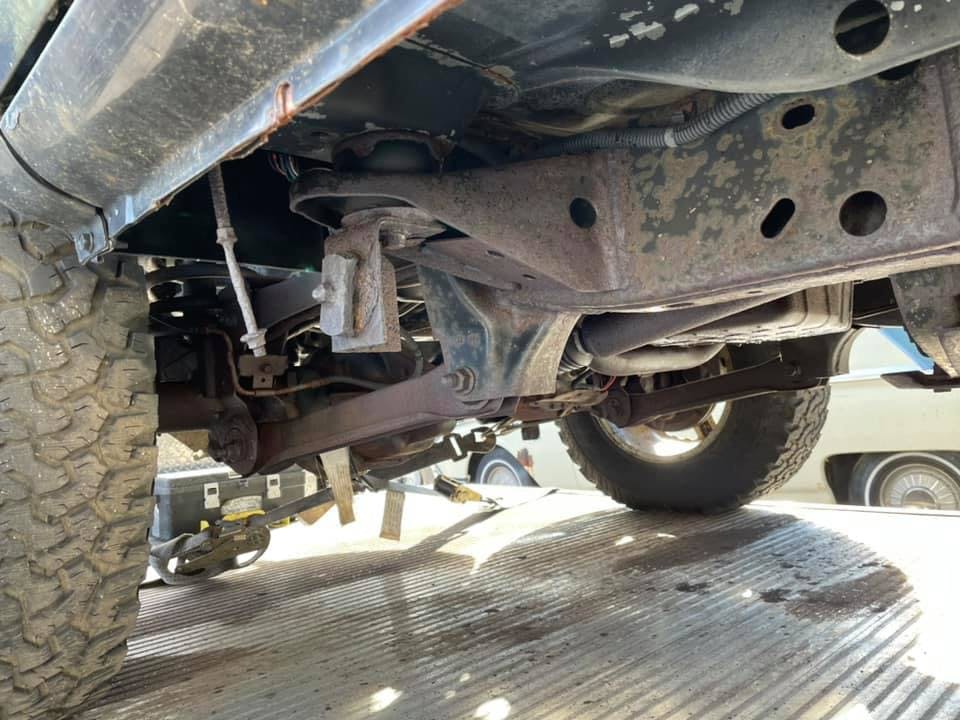
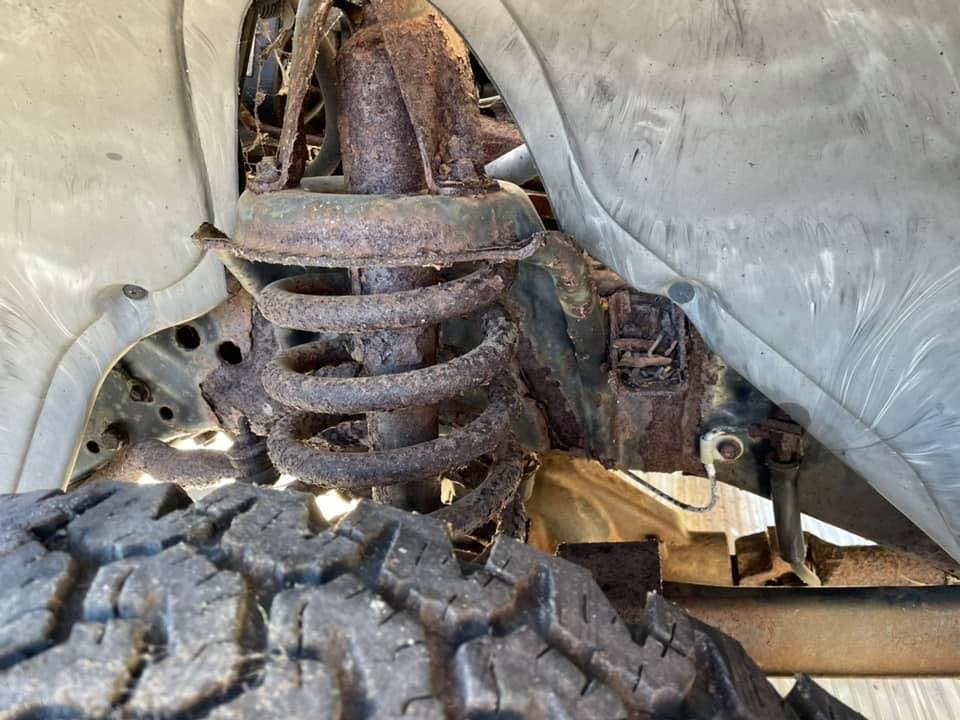
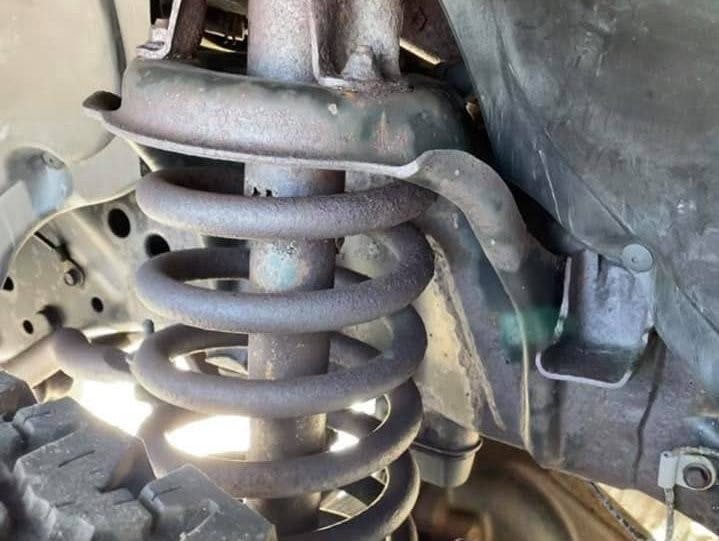
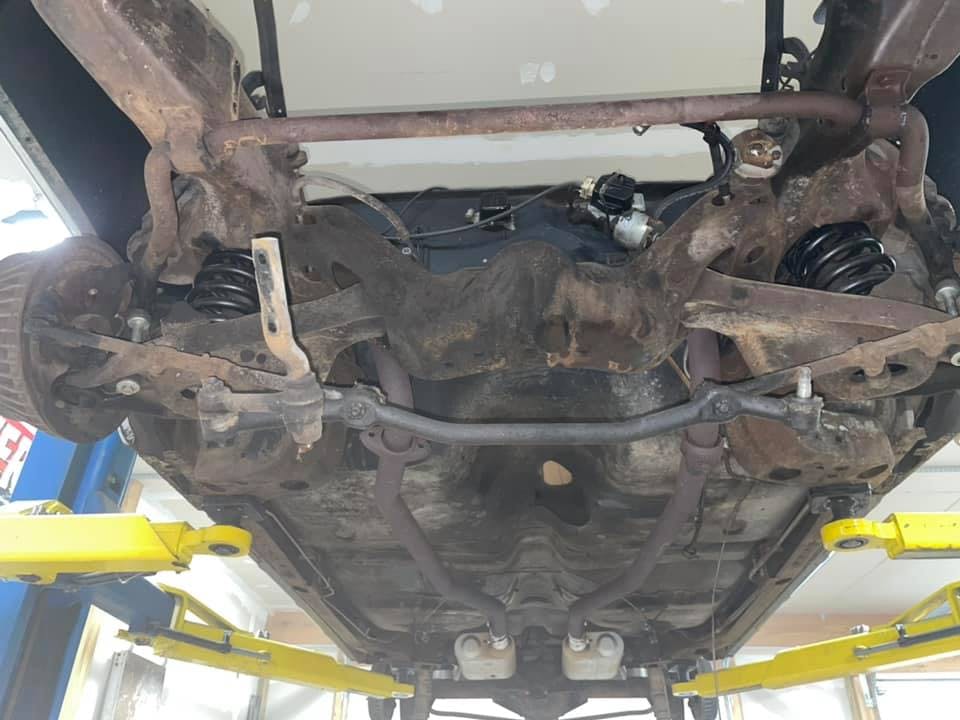
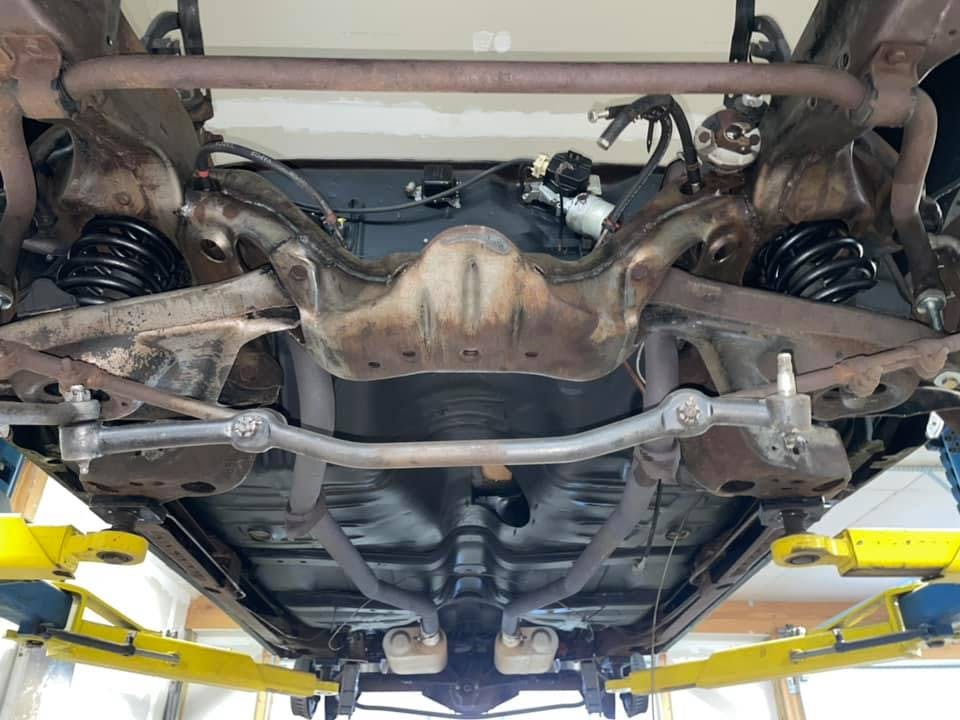
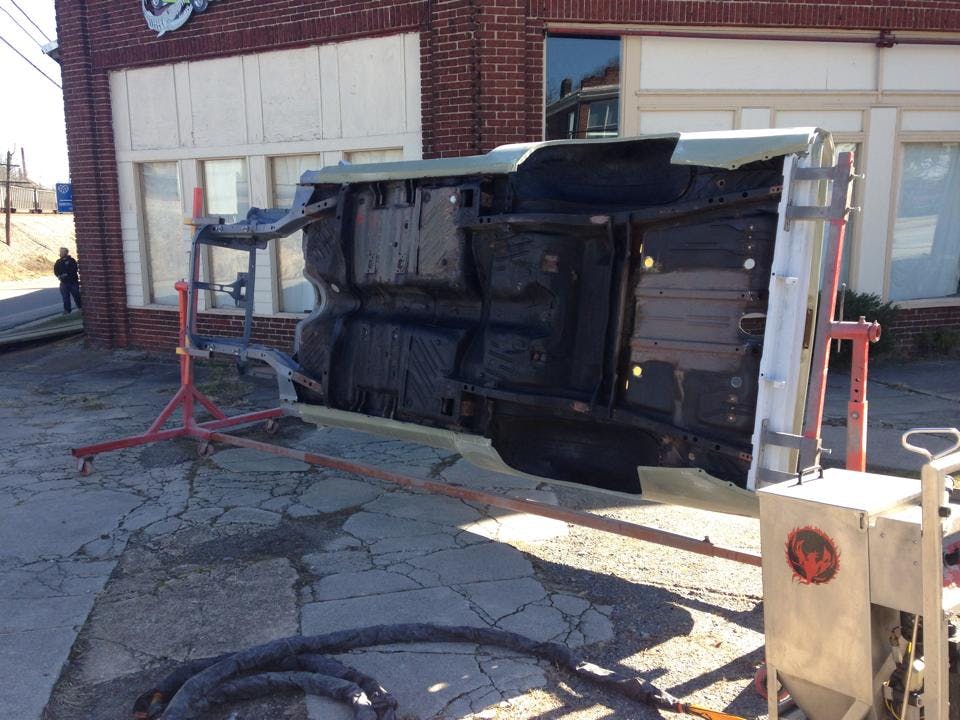
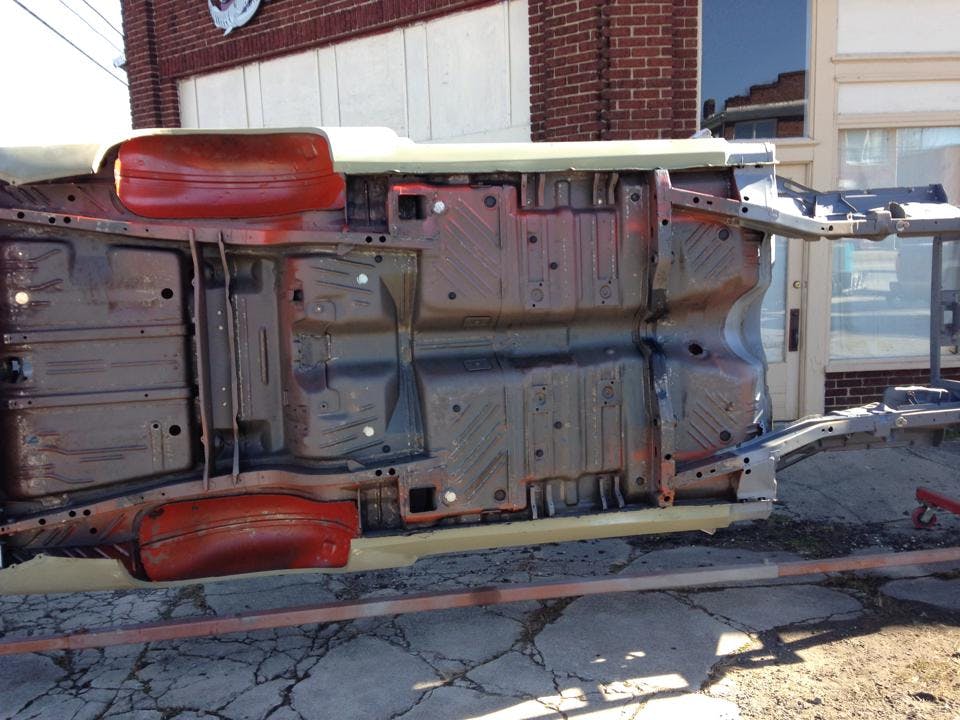


How can I find this service near me in South Texas?
I provide dry ice services . I am based out of Indianapolis, but will travel.
Good afternoon,
My wife and I own a Rv what has a thin plastic cover over the front of coach. That thin plastic cover is beginning to crack and it looks ugly. I have heard from several sources that a dry ice power washer can remove that plastic without damaging the surface or paint. If you have information about this process please enlighten me.
If the plastic can be removed and doesn’t damage paint please let me know who in the Omaha area would be able to help me. If not we will be in the Portland area in a month.
If those areas don’t work please advise about any that might help west of the Mississippi.
Thank you
Craig M
Not long ago, my brother bought a car from a junkyard, and he wants to restore it because it’s a one-of-a-kind model. I think he’d benefit from reading your insight about dry cleaning techniques and how they clean surfaces with high precision. I appreciate your advice on seeking dry ice cleaning to preserve the undercarriage and engines. https://dryiceblastme.com/blasting-applications.html
I was impressed by how dry ice blasting can facilitate the cleaning of rust and grime from components for maintenance purposes. I came across this technique in a magazine article not long ago, and I believe it could be a worthwhile investment for small industrial factories looking to maintain their equipment. https://blastenvironmental.ca/
Does anyone provide this service in Springfield, Illinois or Jacksonville, illinois